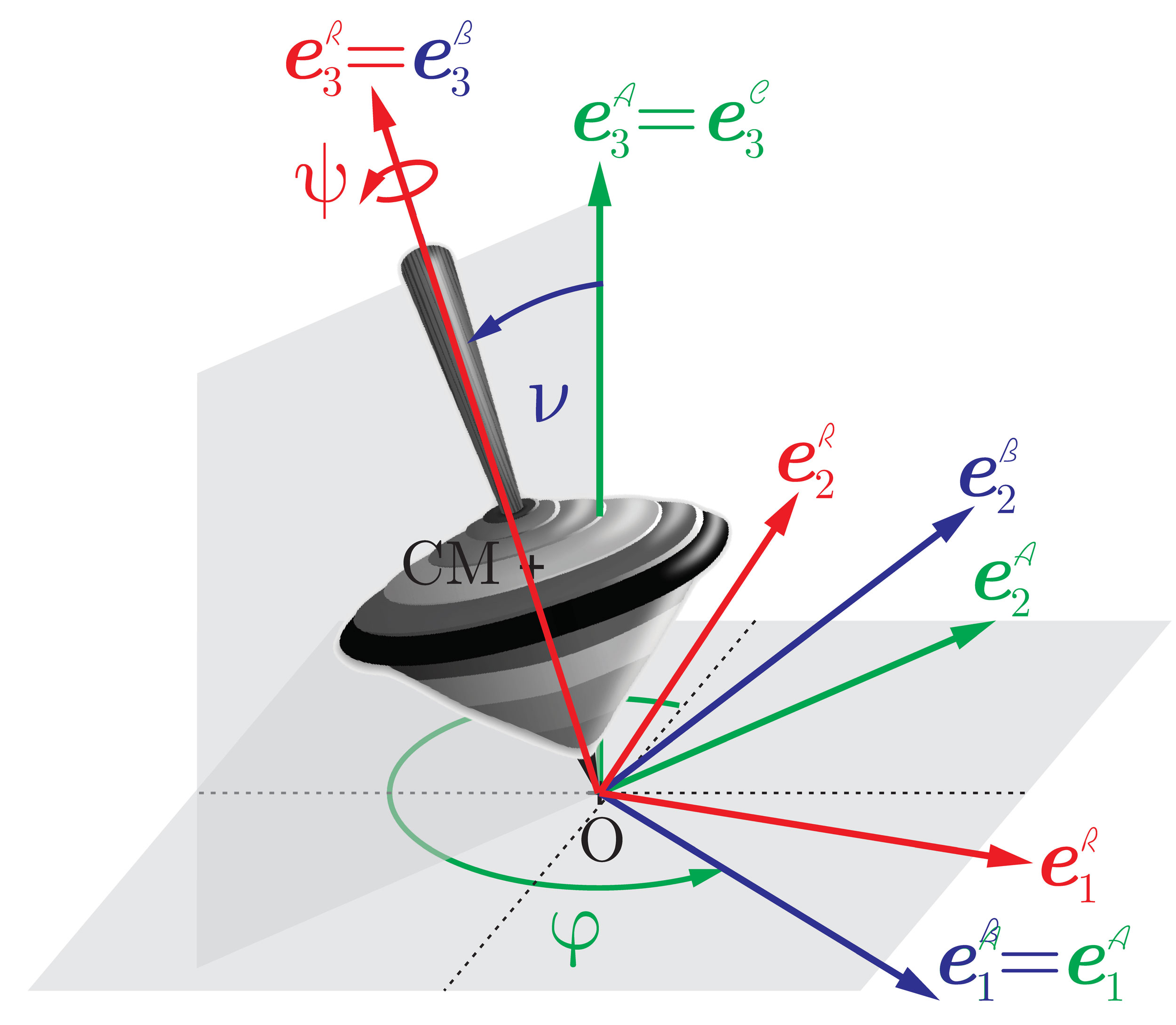Mechanics III: Dynamics
Dynamics introduces the principles of engineering dynamics and is designed for third-semester students of Mechanical and Civil Engineering. How does the speed of a rocket change as it lifts off the ground? What are forces and moments acting on rotating systems? How do we describe the motion of rigid bodies in 3D space? How does a gyroscope work? What are eigenfrequencies and mode shapes of complex systems and deformable bodies? This course lays the theoretical foundation to answer questions like this - starting from simple particle dynamics and advancing to rigid bodies in 3D and giving an introduction to deformable bodies.

Course Contents
- Motion of a single particle: kinematics (trajectory, velocity, acceleration), forces and torques, active and reaction forces, balance of linear and angular momentum, work-energy balance, conservative systems, equations of motion.
- Motion of systems of particles: internal and external forces, balance of linear and angular momentum, work-energy balance, rigid systems of particles, particle collisions.
- Motion of rigid bodies in 2D and 3D: kinematics (angular velocity, velocity and acceleration transfer, instantaneous center and axis of rotation), balance of linear and angular momentum, work-energy balance, angular momentum transport, inertial vs. moving reference frames, apparent forces, Euler equations.
- Vibrations: Lagrange equations, single-DOF oscillations (natural frequency, free-, damped-, and forced response), multi-DOF oscillations (natural frequencies, eigenmodes, free-, damped-, and forced response).
- Introduction to waves in and vibrations of deformable elastic bodies.